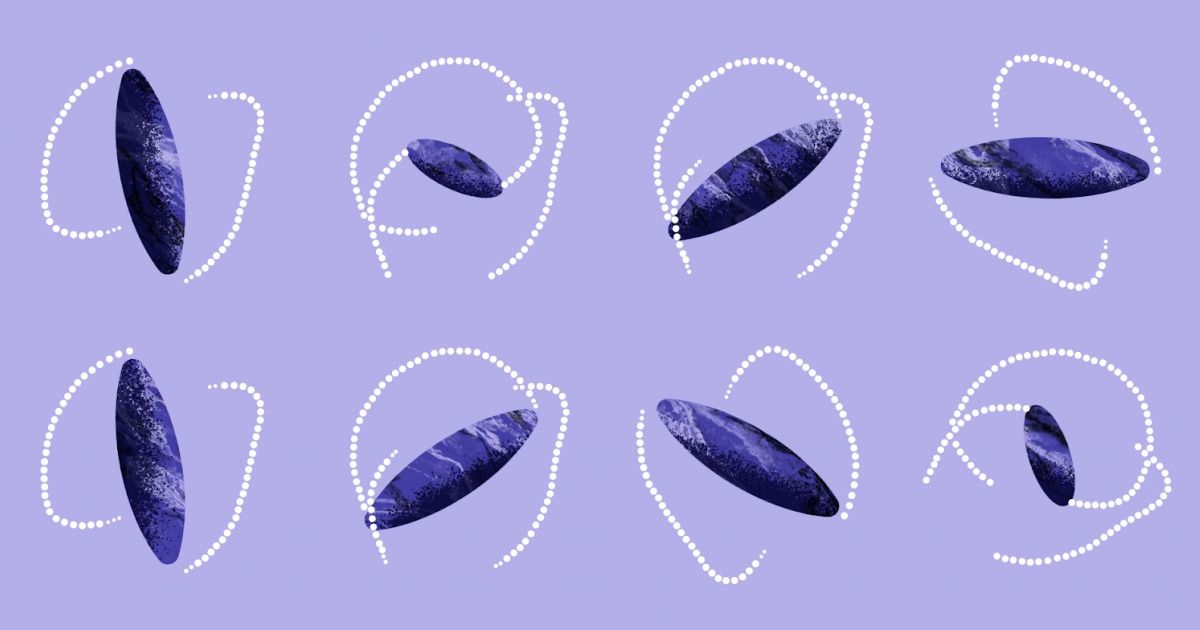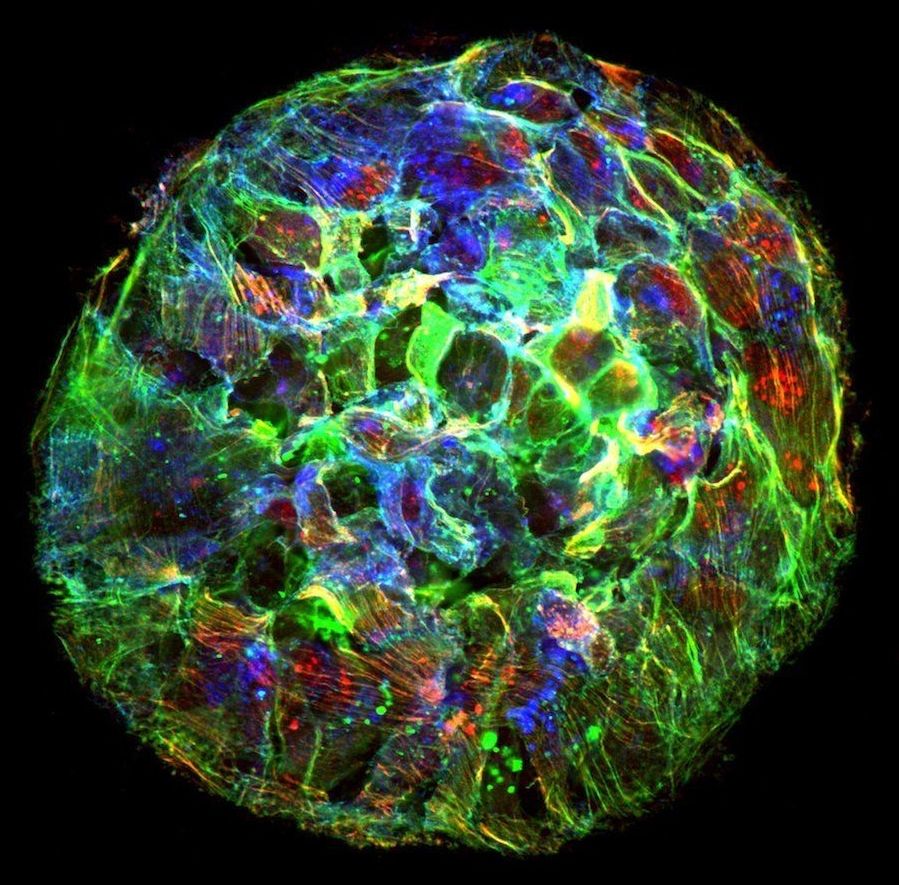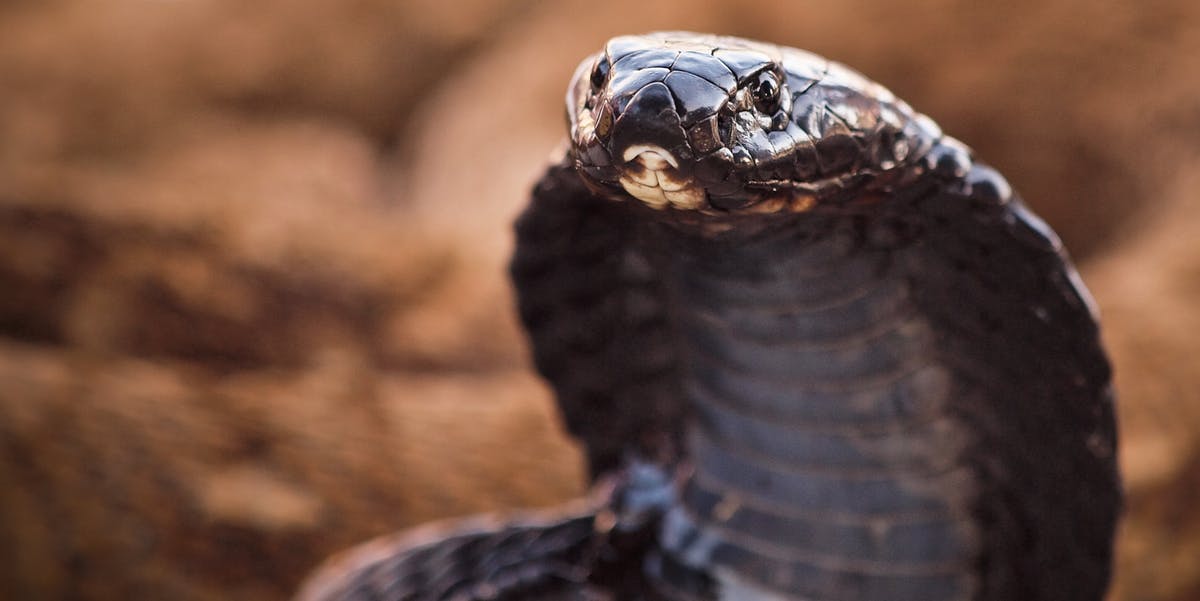Dr. Aubrey De Grey, SENS Foundation, Co-Founder, talks of species that live hundreds of years. We have to understand metabolism and postpone old age.
How can reverse aging by improving repair mechanism. Cells die, and the waste as well as energy byproducts to avoid tissue breakdown with methyl donors.
https://delgadoprotocol.com/product/neuro-insight/#1523582495879-e8979e45-c0bc
Cellular senescence is one phenomenon by which normal cells cease to divide. In their seminal experiments from the early 1960’s, Leonard Hayflick.
Senescent cells increase in many tissues with aging; they also occur in organs associated with many chronic diseases and after radiation or chemotherapy. Senolytics are a class of drugs that selectively eliminate senescent cells.
Cancer cells are immortal, why?







